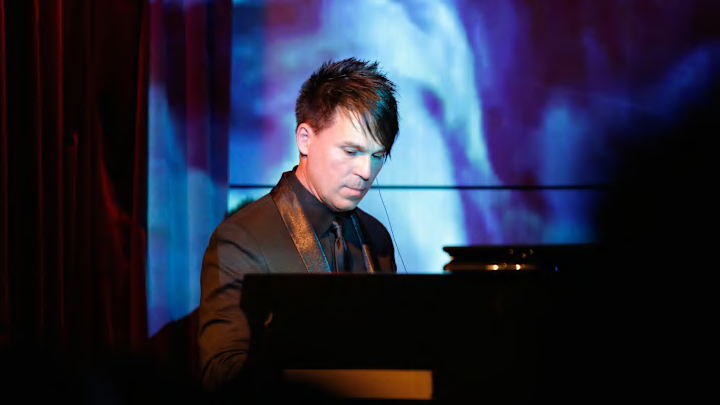There are artists who chase trends. And then there are those who bend time.
Brian Transeau—BT to those who have listened close enough—is one of the latter. A name you don’t hear as often in casual conversations about house or trance music. But that’s only because he was already building the future while others were still defining the present.
You don’t just listen to BT. You witness him. His music isn’t made—it’s sculpted. Every second, every glitch, and every cascade of filtered delay carries fingerprints. Human, mechanical, divine. He wasn't just programming synths in the 1990s—he was reverse engineering emotion through binary. He treated time not as a constraint, but as an instrument.
BT never demanded the spotlight as he was too busy creating behind it
When “Flaming June” first hit the airwaves, it didn’t just float—it cracked open a universe. That track wasn’t just progressive house. It was storytelling in waveform. Classical harmony woven into euphoric beat cycles. And then came This Binary Universe—an album that felt like standing inside a living computer dreaming about humanity.
While others chased the four-on-the-floor formula, BT bent sound into fractals. He pioneered techniques like stutter editing, granular synthesis, and automated micro-editing that producers now take for granted.
He didn’t loop. He composed frame by frame. Songs like “Somnambulist (Simply Being Loved)” were included in the Guinness Book of World Records in 2003 for the largest number of vocal edits in a song.
BT brought emotion to electronic music at a time when feeling was often sacrificed for function. He married ambient textures with mathematical precision. He didn’t just change house music—he redefined what it could mean. And while the mainstream danced to simpler beats, BT was composing symphonies for the souls who needed more.
In 2010, These Hopeful Machines wasn’t just BT’s sixth album—it was a turning point. With more experience, he created a double album that stretched the boundaries of electronic music, fusing trance, orchestral textures, and ambient storytelling into something that felt alive. It wasn’t made for charts. It was made for the soul.
This was BT at his peak. Not because the industry said so, but because the work spoke louder than acclaim. A Grammy nomination followed, yes—but the real reward was in how deeply this album connected with those who listened fully. For many, These Hopeful Machines wasn’t just heard. It was felt.
So here’s to Brian Transeau. The architect. The man who bent the genre until it could breathe again. His influence still pulses through today’s music, heard in techniques that once felt alien, now woven into the mainstream. His music didn’t just explore new borders; it created them, pushing the limits of imagination with every note.
If you’ve never heard him, now is the time. Not because he’s trendy. But because you’re ready for what he has to offer.
